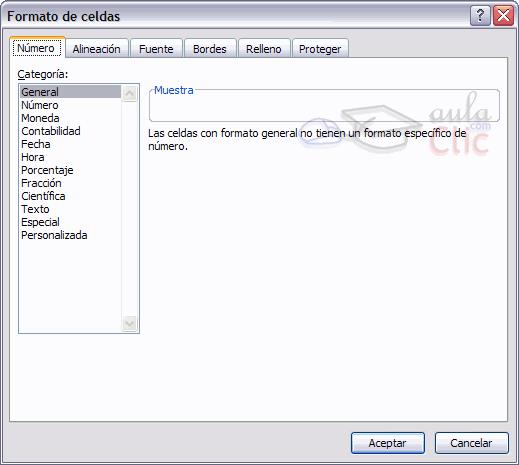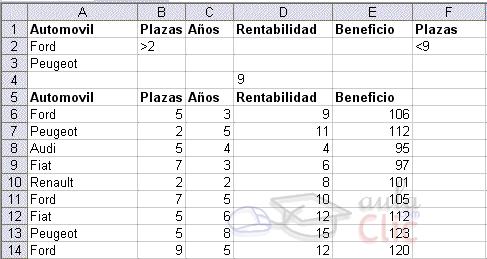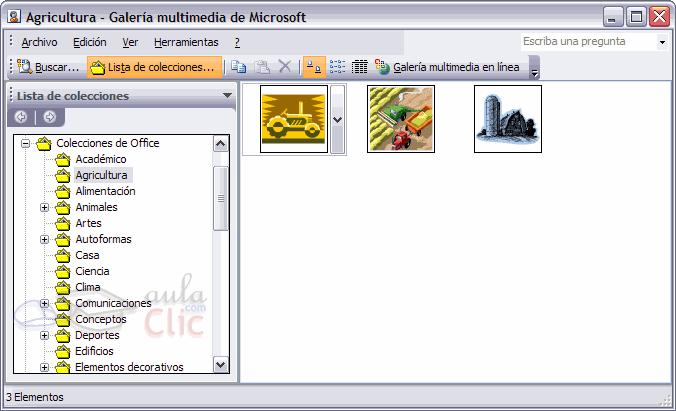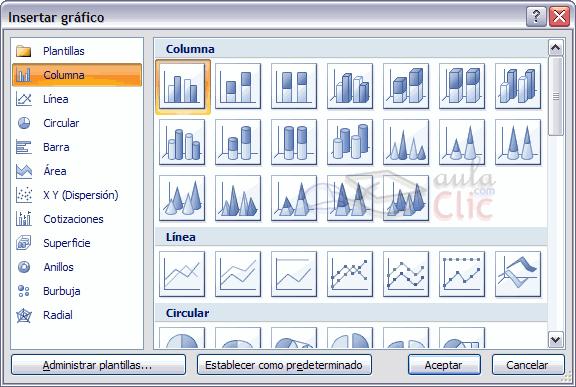
1 minute read
Chapter 2. GPU Architecture Fundamentals
from Bible07
The GPU is a highly parallel processor architecture, composed of processing elements and a memory hierarchy. At a high level, NVIDIA® GPUs consist of a number of Streaming Multiprocessors (SMs), on-chip L2 cache, and high-bandwidth DRAM. Arithmetic and other instructions are executed by the SMs; data and code are accessed from DRAM via the L2 cache. As an example, an NVIDIA A100 GPU contains 108 SMs, a 40 MB L2 cache, and up to 2039 GB/s bandwidth from 80 GB of HBM2 memory.
Each SM has its own instruction schedulers and various instruction execution pipelines. Multiply-add is the most frequent operation in modern neural networks, acting as a building block for fully-connected and convolutional layers, both of which can be viewed as a collection of vector dot-products. The following table shows a single SM’s multiply-add operations per clock for various data types on NVIDIA’s recent GPU architectures. Each multiply-add comprises two operations, thus one would multiply the throughput in the table by 2 to get FLOP counts per clock. To get the FLOPS rate for GPU one would then multiply these by the number of SMs and SM clock rate. For example, an A100 GPU with 108 SMs and 1.41 GHz clock rate has peak dense throughputs of 156 TF32 TFLOPS and 312 FP16 TFLOPS (throughputs achieved by applications depend on a number of factors discussed throughout this document).
Advertisement
Figure 2. Multiply-add operations per clock per SM
As shown in Figure 2, FP16 operations can be executed in either Tensor Cores or NVIDIA CUDA® cores. Furthermore, the NVIDIA Turing™ architecture can execute INT8 operations in either Tensor Cores or CUDA cores. Tensor Cores were introduced in the NVIDIA Volta™ GPU architecture to accelerate matrix multiply and accumulate operations for machine learning and scientific applications. These instructions operate on small matrix blocks (for example, 4x4 blocks). Note that Tensor Cores can compute and accumulate products in higher precision than the inputs. For example, during training with FP16 inputs, Tensor Cores can compute products without loss of precision and accumulate in FP32. When math operations cannot be formulated in terms of matrix blocks they are executed in other CUDA cores. For example, the element-wise addition of two half-precision tensors would be performed by CUDA cores, rather than Tensor Cores.








